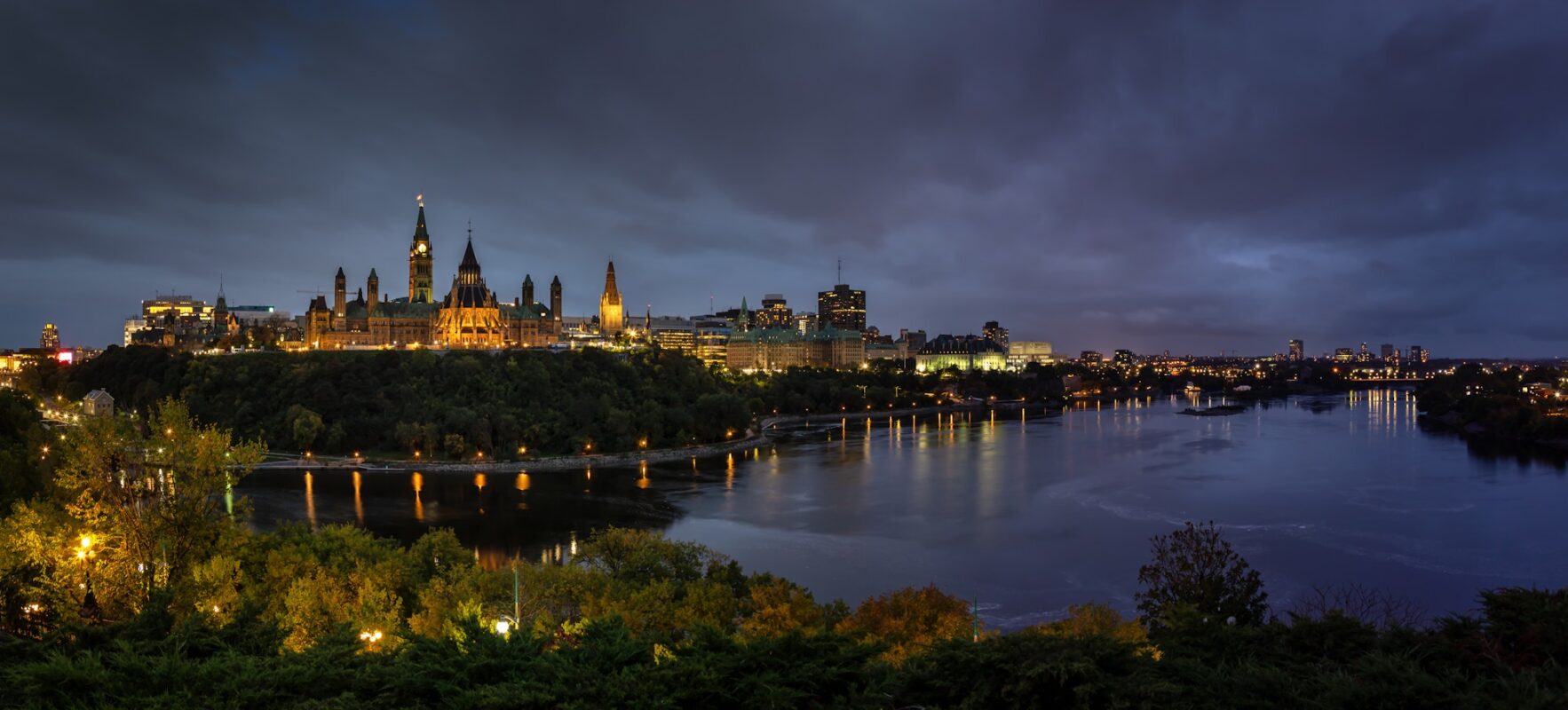
A most interesting discussion panel was assembled for an NCC Urbanism Lab on November 20, 2018. The event took place at the new headquarters of the Canadian Geographical Society, 50 Sussex Drive (the former International Pavilion). It was co-sponsored by the Canada Green Building Council and the Embassy of the U.S.
Speakers were:
+ Doug Farr (Farr Associates, Chicago, a company that bills itself as “a firm of optimistic architects and planners passionate about cities, sustainability and leadership.”) Farr was the driving force behind the LEEDS standard for Neighbourhood Development. His recent book is Sustainable Nation — Urban Design Patterns for the Future (2018, 400 pp.) His previous book was Sustainable Urbanism — Urban Design with Nature (2007, 352 pp.)
+ Isabelle Thomas, Professeure titulaire, Faculté de l’aménagement – École d’urbanisme et d’architecture de paysage, Université de Montréal.
+ Amy Buitenhuis, Resilience Office, City of Toronto. (In 2016-17, Toronto was selected as a member of the 100 Resilient Cities network. A final Resilience Strategy is expected to be approved by Council in March 2019.)
Farr’s focus was on a theory of change: If we went about decarbonizing at the pace we converted to non-smoking, we’d get there by 2150… How to change the culture faster? He discerned 70 patterns and six accelerants, the latter: Heuristics & Framing, Communities of Practice, Pilgrimage Sites, Campaigns, Liability & Ethics, and Markets. His 54-slide presentation is here (5.6 MB).
Thomas spoke about resilience, offering insights from her work in New Orleans (Hurricane Katrina, August 2005) and Quebec (May 2017 floods). Her 26-slide presentation is here (3.4 MB).
Buitenhuis illustrated the work ongoing to make the “parks” of high-rise apartments built in the ’60s and ’70s more resilient and energy-efficient, in the face of increasing income inequality. (Improved building efficiency is intended to reduce GHGs by 3.86 MT in 2050, a significant part of the 8.7 MT gap between projections and targets.) The scope of this program is 880 buildings that are at least 35 years old. Per year, 30 to 50 retrofits are planned, so this is a 20-year effort. We learned a bit about Toronto’s Green Standard, version 3. Her 26-slide presentation is here (2.0 MB).
The 2-hour event can be watched on YouTube here: https://www.youtube.com/watch?v=QyqwfuzES7U.
E.D. – 24 November 2018
